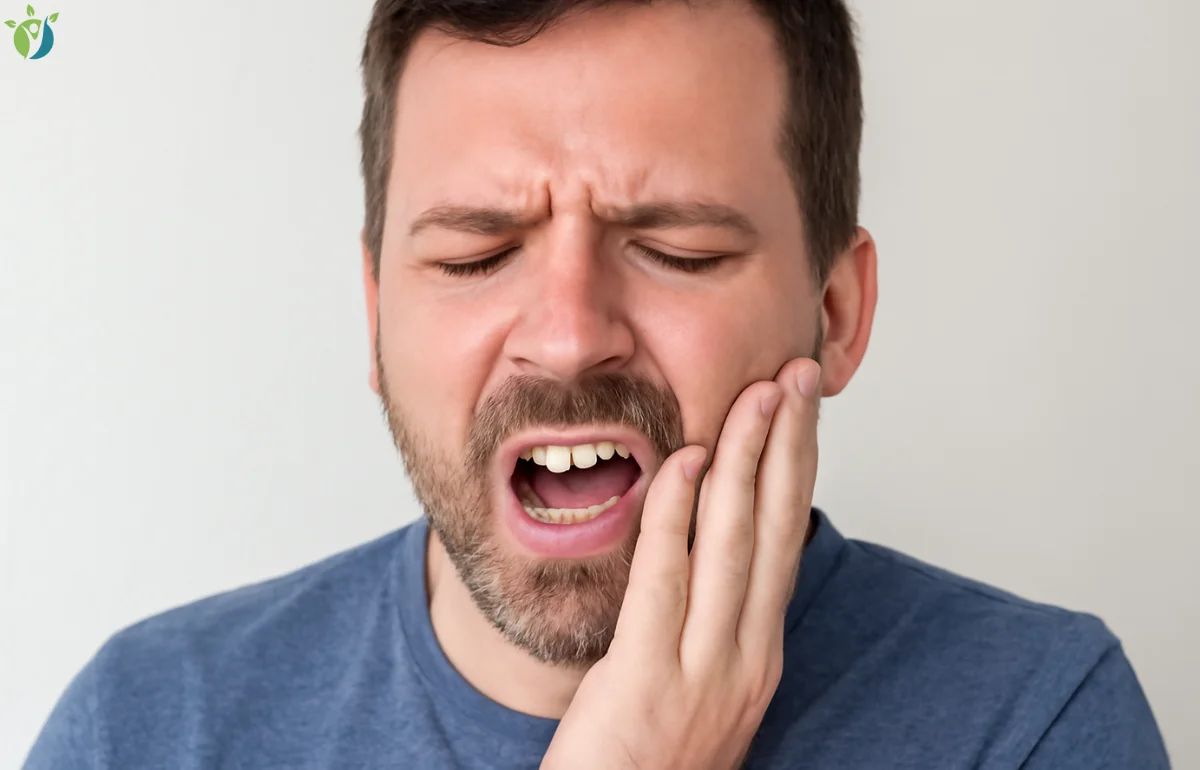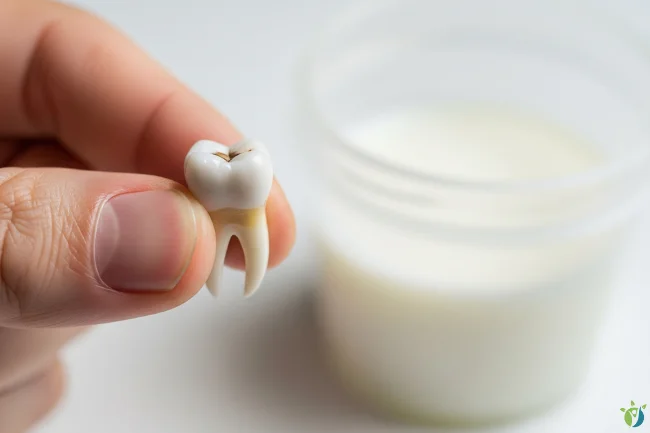Stay Calm and Assess the Situation
Pause and focus on your breathing to keep calm. Panicking can make it harder to evaluate the problem accurately. Examine the affected area and identify visible signs of damage, such as swelling, bleeding, missing or broken teeth, or signs of trauma. Ask the person in pain (or yourself, if applicable) specific questions about the level and type of discomfort: is it sharp, dull, constant, or triggered by pressure or temperature?
Next, determine whether this is a dental emergency that needs prompt attention. Severe bleeding, a knocked-out tooth, or intense, persistent pain are red flags that shouldn’t wait. If the issue seems minor, like slight sensitivity or a chipped tooth without pain, you may have more time before needing professional care.
Time is often critical. Making a quick but thoughtful judgment about severity helps you decide your next steps and communicate more clearly with the dental office.
Control Bleeding and Manage Pain
Start by gently pressing a clean piece of gauze or cloth against the bleeding area. Keep steady pressure for at least 10 to 15 minutes, or until the bleeding slows. If gauze isn’t available, a clean cotton cloth or tissue can work temporarily. Avoid frequent checking, which can disrupt clotting.
For pain and swelling, apply a cold compress to the outside of the cheek near the affected area. This helps reduce inflammation and numbs discomfort. Over-the-counter pain relievers such as ibuprofen or acetaminophen can also help, but avoid placing aspirin directly on the gums or teeth, as it can irritate the tissue.
By managing bleeding and pain promptly, you help stabilize the situation and prevent further complications before reaching professional dental care.
Preserve Any Dislodged Teeth or Fragments
If a tooth or piece of tooth has come loose, handle it with care. Always pick it up by the crown – the chewing surface – not the root, to avoid damaging vital tissue that may help with reattachment. Avoid scrubbing or cleaning it with soap or chemicals.
If the entire tooth is intact and free of debris, try placing it back into the socket gently. If reattaching isn’t feasible, keep it in milk or saline solution. These liquids help maintain the tooth’s cellular integrity until a dentist can assess it. Do not let the tooth dry out, as that reduces the chance of successful reinsertion.
Quick, correct handling of dental fragments can make a significant difference in preserving the tooth’s viability.
What to Do Before You Reach an Emergency Dentist
Do not try to force a dislodged tooth back into place. Doing so can cause additional damage to the root, gums, or surrounding structures. If a tooth is partially out, leave it as is and avoid putting pressure on it.
Until you receive professional care, stay away from hard foods that could worsen the injury. Skip hot or cold drinks, as exposed nerves can react strongly to temperature changes. Smoking should also be avoided – it can slow healing and increase the risk of infection.
For more guidance on managing urgent dental issues and accessing fast care, visit aurafamilydentist.com. Their team provides clear steps to follow and can help schedule emergency treatment when time matters most.
Prepare Necessary Information for Your Visit
Before arriving at the emergency dental clinic, gather relevant medical details. This includes a list of current medications, any chronic health conditions, and your general medical history. These details help the dentist avoid complications during treatment.
Write down what caused the injury, when it happened, and any steps you’ve taken so far. Be as specific as possible – this allows the provider to make faster decisions.
Don’t forget to mention any known allergies, especially to medications or materials commonly used in dental care. Also, include past dental procedures that could affect current treatment, such as implants, extractions, or root canals.
Having all this information ready shortens wait times and improves the quality of care during your emergency visit.
Arrange Transportation if Needed
If the injury affects your ability to drive or move safely, arrange for someone to take you to the dental clinic. Pain, dizziness, or facial swelling can interfere with concentration and reaction time, making self-transport risky.
Call a friend, family member, or rideshare service to help you reach the dentist without delay. This reduces the chance of further injury and allows you to focus on managing your condition.
Quick, safe transport is a key part of handling dental emergencies, especially when time and clarity matter.
Contact an Emergency Dentist Promptly
As soon as the injury is under control, call an emergency dentist to explain what happened. Be direct and include details like the type of pain, visible damage, and any steps you’ve already taken.
Double-check that an appointment can be arranged quickly. Some clinics may offer same-day care, while others might need to direct you to a different location.
Follow any guidance they give over the phone – whether it’s how to store a tooth, manage bleeding, or avoid certain medications. These early steps can affect the outcome of your treatment.
Quick communication improves response time and helps the dental team prepare for your arrival.



